Things you should have in case of an emergency
What you will find on here
What is an emergency?

The information on this webpage is about:
- being ready for an emergency
- what supplies you should have in case an emergency happens.
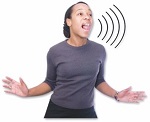
An emergency is when something dangerous happens that can put people at risk.

Supplies are things that you need to:
- keep safe
- keep well.
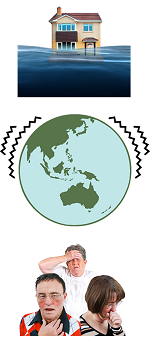
An emergency can be things like:
- a flood
- an earthquake
- a pandemic, which is when a lot of people get very sick very quickly.
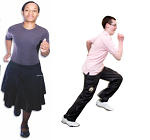
When an emergency happens everyone needs to act quickly so they can stay safe.

Having supplies ready in case an emergency happens will make it much easier for you to get through it.
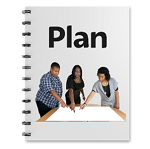
You should make a plan for what you will do if an emergency happens.
Supplies to have in your home

When an emergency happens it is best to stay in your own home:
- if you can
- if it is safe to do so.

Sometimes this could mean you will be at home without:
- power / electricity
- water supplies
- other supplies like:
- food
- medicine.

If the emergency is very bad you may have to stay at home without a way to get supplies for at least 3 days.

It is likely that you already have most of the things you need in your house.

It is a good idea to have your emergency supplies in 1 place so you can find them easily.
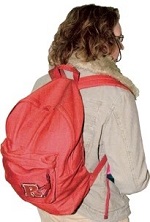
Some people like to put their supplies together in a kit / bag.

It is important that everyone in the house knows where to find the emergency supplies.

If the power / electricity goes off you might have to find things in the dark.

Make sure everyone in the house knows where they can find:
- a torch
- spare batteries.

You should make sure you have a supply of water that will last you for at least 3 days.

You should make sure you have enough water for:
- drinking
- keeping clean.

1 person will need 3 litres of water for every day you do not have clean water.

This means you should have at least 9 litres of water for every 1 person.
You can find more information about storing water in the section Storing water for an emergency.

Make sure you have:
- a supply of food that does not need to be cooked like things in cans
or
- something to cook your food on like:
- a gas barbecue
- a camping stove.

Also make sure you have supplies of food for:
- babies
- pets / other animals.

If you / someone in your house needs to eat special food you should make sure:
- you have enough to last at least 3 days at home
- you have some special food in your grab bag.

A grab bag is a small backpack of essential items.

You should have items at home that you can use as a toilet in an emergency like:
- a supply of toilet paper
- large plastic buckets.

You should also make sure you have some items that can protect your body like:
- special dust masks to cover your face that are called P2 rated or N95 rated masks
- gloves to cover your hands.
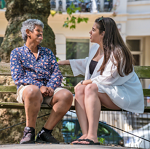
Talk to your neighbours about what they will do in an emergency.
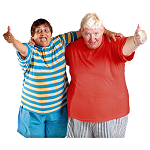
In an emergency:
- you might need support
- other people might need support.

You may be able to share supplies with each other if you need to.
Supplies to have in your grab bag

You should have a grab bag ready for everyone in your house that includes:
- sturdy shoes that you can walk in
- warm clothing including:
- a raincoat
- a hat
- a bottle of water
- some food / snacks
- copies of important documents like bank account / insurance details
- copies of photo ID like your passport / driver licence.

Other things you should have in your grab bag are:
- a first aid kit
- any medicine you may need
- a torch and spare batteries
- a radio.
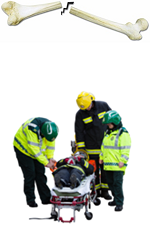
First aid is when you give medical help to someone who is hurt so you can:
- save the life of that person
- stop them from getting worse.
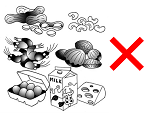
If you / someone in your house needs to eat special food make sure you have some in your grab bag.
Supplies to have in your car

It is possible that you could be stuck in your car / other vehicle when an emergency happens.

Some kinds of emergencies that might mean you need to stay in your car for a while include:
- a flood
- a snow storm
- a serious accident on the roads.
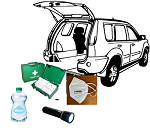
You should make sure you keep some emergency supplies in your car / other vehicle.

You should keep a grab bag with you in your car.

Your grab bag should include all the essential items in the section Supplies to have in your grab bag.
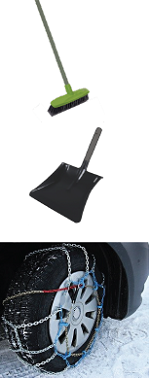
If you are driving in very bad weather you should also have:
- a broom
- a shovel
- tyre chains that can make it easier to drive in snow
- a windscreen scraper to remove ice / snow from the glass.

You should always keep some essential items in your car like:
- walking shoes
- a waterproof jacket
- any medicine you might need
- food / snacks
- bottled water
- a charger for your phone
- a torch.

Before you travel anywhere you should check official information about:
- what the weather is like
- if the roads are clear.
Supplies to have at work

It is possible that an emergency could happen while you are at work.

You should ask your workmates:
- if they live near you
- if you can travel home together if you need to.

You should keep a grab bag at work that includes the supplies in the section Supplies to have in your grab bag.
Storing water for an emergency

An emergency could:
- make your water supply unsafe to use
- cut off your water supply.

You should make sure you have a supply of water that will last you at least 3 days.

1 person will need 3 litres of water for every day you do not have clean water.

This means you should have at least 9 litres of water for every 1 person.

You should store more than this if you can.

You will need more water if you want to:
- wash yourself
- wash your clothes
- cook
- clean things.

Some parts of New Zealand could be without water for longer than 3 days if an emergency happens.

You can use clean empty plastic fizzy drink bottles to store water.

Do not use empty milk bottles to store water as they are difficult to clean.

If you store water in bottles that are not cleaned properly you could get sick.

You should store extra water in plastic containers.
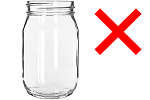
Do not use glass jars as they can break.

Do not use cardboard containers as they can leak.

Make sure you store enough water for:
- babies
- pets / other animals.
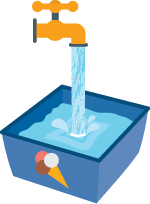
You can also fill empty plastic ice cream tubs with water.
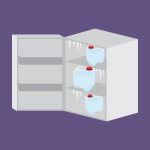
You can keep the tubs of water in the freezer.

The tubs of frozen water can be used:
- to keep food cool if the power / electricity is cut off
- for drinking.

If you have a hot water cylinder / tank you can use that water.

You can buy a water storage tank to collect rainwater.

Water storage tanks come in lots of different sizes.

You should check with your local council that it is okay for you to have a very large tank.
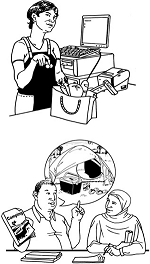
You can also buy special containers for storing water from shops that sell:
- hardware
- camping supplies.

Making sure stored water is safe to drink
Do not drink stored water if you are not sure it is safe.

You must clean any containers very well before you use them to store water.

Use hot water to clean plastic containers.
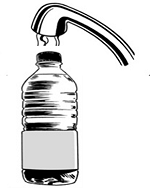
Fill the container with water right to the top so the water overflows.
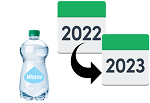
You can store drinking water for up to 1 year if you add a small amount of unscented household bleach.
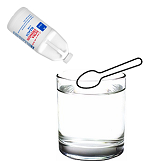
You should add half a teaspoon of bleach to every 10 litres of water.

If you are using smaller containers you should add 5 drops of bleach to every 1 litre of water.

Do not use bleach that has anything added to it like perfume.

Do not drink this water for at least 30 minutes after mixing in the bleach.

Close the containers with the caps / tops they came with.

Put a label on each bottle that says the date it was filled.

Water bottles should be stored in a place that is kept:
- cool
- dark.

You should check the bottles every 6 months to make sure they are still good to use.

If the water is not clear you should:
- tip the water away
- clean the bottle
- refill the bottle with fresh water.

Storing water bought from a shop
If you choose to buy bottles / containers of water from a shop you should make sure you store the water just as you bought it.

Do not put the water into another container.
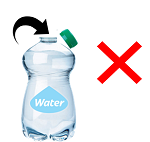
Do not open the water bottle until you need to use it.

Make sure you use any bottled water by the use-by date that is printed on the bottle.
How to get prepared for an emergency
Find out how you can get prepared for an emergency.




